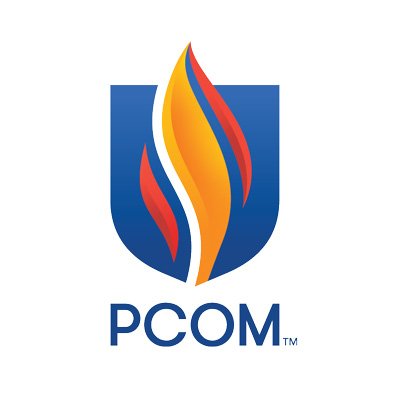UD ambulance crew assists Aetna with emergencies
The Review, vol 127, number 37
BY SUSANNE SULLIVANStaff Reporter
The university's Emergency Care Unit became involved in a mutual aid program with the Aetna Hose Hook & Ladder Co. on Feb. 15.
Senior Dawn Wright, co-coordinator of the university's ECU, said the new program was designed to provide the city of Newark and the university with more emergency medical assistance.
Sophomore Ben Oyerly, a volunteer emergency medical technician at the university, said EMS receives between 500 and 600 calls each year while Newark receives close to 5,000 calls.
He said university EMTs receive approximately three calls per day.
"Sometimes we don't receive any calls, and sometimes we receive five or six calls," Oyerly said.
Wright said EMS is available if the other ambulances in Newark are busy with calls.
"And if we're busy, Aetna will take calls for the university," she said.
Jack Lynn, a Public Safety investigator and the university EMS adviser, said that before the mutual aid program was established, an ambulance would sometimes not be readily available. Long delays would occur between the call and the ambulance's arrival, he said.
Aetna has two ambulances that are available to take calls at all times, he said.
The university EMS is the third ambulance available to handle the run, Lynn said.
Since the program first came into effect, he said, the university EMS has made four runs for Aetna.
Lynn said there has not been a big change from what university EMS was doing before.
"It gives the university more runs, but Aetna has less," he said.
Oyerly said before the new system was created, New Castle County emergency medical services were the first back-up system for the city. Now, the university has assumed that role.
Lynn said the county received 7,000 calls in January alone.
Oyerly said each EMT at the university works a total of 24 hours per week, which is broken down into six-hour shifts. This does not include the calls received by a pager during the day.
When the EMTs arrive on the scene of an emergency on campus, a University Police officer is usually already there assessing the situation, he said.
Although most calls are for intoxicated students, Oyerly said, he has seen more dramatic situations.
"There are a lot more student suicide attempts and drug overdoses than people think," he said. "I've also seen some pretty bad car accidents and a self-inflicted gunshot wound."

